Discover Lisbon, Portugal’s charming capital. Experience rich history, stunning architecture, lively culture, and scenic views in this European gem by the sea.
Here’s a revised version of the article, addressing the issues you mentioned:
Introduction to Lisbon, Portugal
Lisbon, the capital city of Portugal, is one of Europe’s most charming destinations. Known for its vibrant culture, rich history, and stunning architecture, it effortlessly blends the old with the new. Nestled on the banks of the Tagus River, Lisbon offers a warm Mediterranean climate, colorful streets, and panoramic views. The city is famous for its food, lively music, and friendly locals. Whether you’re strolling through historic neighborhoods, enjoying traditional bacalhau (salted codfish), or soaking in the views, Lisbon has something for everyone.
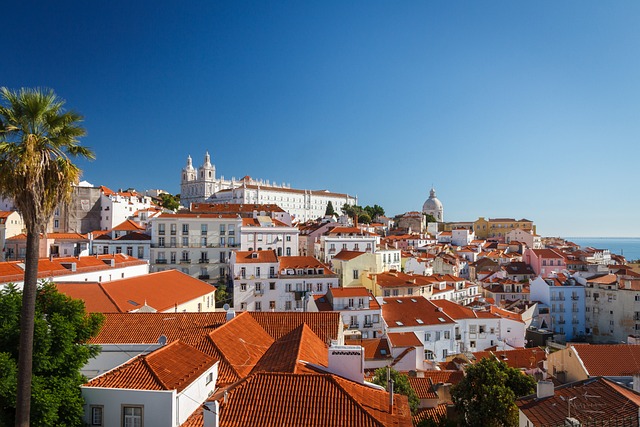
History of Lisbon
Lisbon’s history is as captivating as its landscapes, shaped by centuries of conquest, exploration, and cultural exchange. The city’s origins go back to the Roman Empire, but settlements began even earlier, during the Phoenician period around 1200 BC. Lisbon’s strategic position made it an important center for maritime trade.
In the 5th century, the Visigoths controlled Lisbon, and later the Moors conquered the city in the 8th century. The Moors left a lasting impact on Lisbon, visible in its winding streets, architecture, and azulejos (decorative tiles).
Christian forces recaptured the city in 1147 under King Afonso I, making it the capital of Portugal. During the Age of Exploration in the 15th and 16th centuries, Lisbon became a hub for global maritime trade, with explorers like Vasco da Gama and Ferdinand Magellan paving the way to Africa, India, and Brazil.
Though Lisbon faced challenges, such as the devastating 1755 earthquake, it quickly rebuilt. The Marquis of Pombal led efforts to redesign the city with modern, earthquake-resistant structures, creating the grand Baixa district.
In the 20th century, Lisbon became the center of political change, leading to the Carnation Revolution of 1974, which ended dictatorship and brought democracy to Portugal.
Today, Lisbon blends history with modernity. Its rich past is evident in cobblestone streets and palaces, while its contemporary side thrives in art galleries, trendy shops, and stylish restaurants.
Key Attractions in Lisbon
Lisbon offers an array of attractions that blend the old with the new. Here are some must-visit spots:
1. Belém Tower (Torre de Belém)
Located on the Tagus River, Belém Tower was built in the early 16th century. Originally a defense structure, it offers stunning views of the river and surrounding area.

2. Jerónimos Monastery (Mosteiro dos Jerónimos)
A prime example of Manueline architecture, this 16th-century monastery honors Vasco da Gama’s voyage to India. It houses his tomb and is a UNESCO World Heritage site.
3. Alfama District
The oldest neighborhood in Lisbon, Alfama is full of narrow streets, colorful buildings, and hidden gems. Here, you can experience traditional Fado music and explore key landmarks like São Jorge Castle and the Lisbon Cathedral.
4. São Jorge Castle (Castelo de São Jorge)
This medieval castle offers panoramic views of the city. Built in the 11th century, it’s a prime spot for exploring Lisbon’s history and scenic landscapes.
5. Baixa and Rossio Square
Baixa is Lisbon’s central district, known for wide boulevards and neoclassical architecture. Rossio Square, the city’s main square, is bustling with cafes, shops, and historical landmarks.
6. LX Factory
This creative hub in a former industrial complex features galleries, shops, restaurants, and street art. It’s a trendy spot for both locals and tourists.
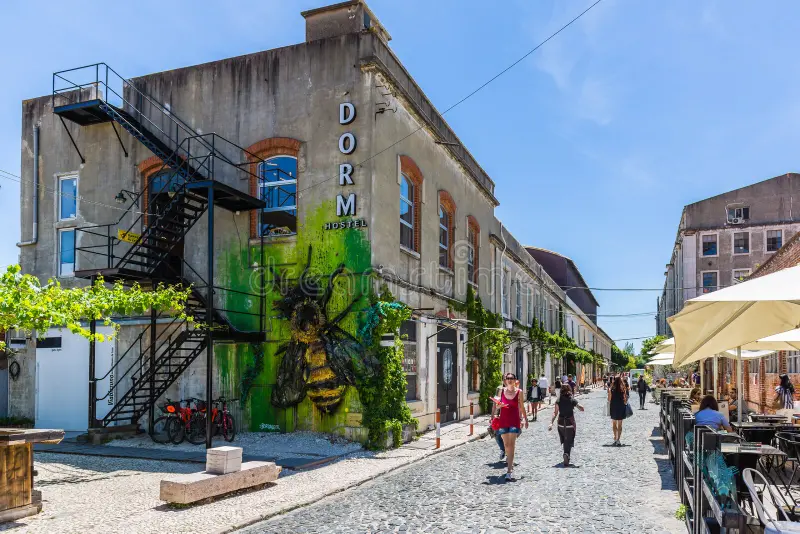
7. Eduardo VII Park
A peaceful green space, the park offers scenic views over the city. It’s a great place to relax, walk, or enjoy a picnic.
8. Oceanário de Lisboa (Lisbon Oceanarium)
One of the largest aquariums in Europe, it showcases marine life from sharks to tropical fish. It’s a must-visit for animal lovers and those interested in marine conservation.
9. Calouste Gulbenkian Museum
This museum houses a collection of European and Oriental art, including works by Rembrandt and Monet. It’s a serene spot to enjoy art and nature.
10. Elevador de Santa Justa
The Santa Justa Lift offers a unique ride between the Baixa and Chiado districts. It provides incredible views of Lisbon’s historic center.
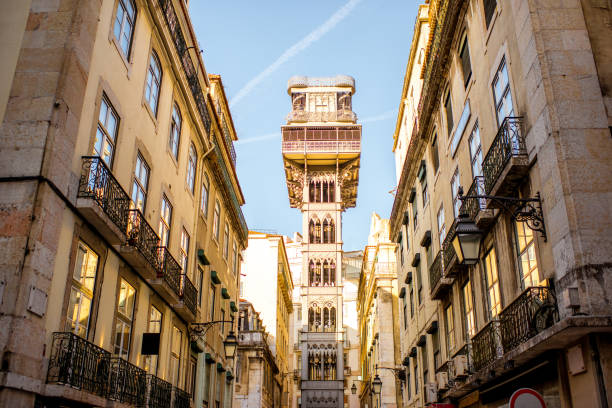
Travel Tips for Lisbon
To make the most of your visit to Lisbon, here are some practical tips:
1. Public Transportation
Lisbon’s public transport system is efficient and affordable. The metro, trams, buses, and ferries are great for exploring the city. Consider the Lisboa Card for unlimited transport and discounts on attractions.
2. Wear Comfortable Shoes
With its hills and cobbled streets, Lisbon requires good footwear. Comfortable shoes are essential for exploring neighborhoods like Alfama.
3. Embrace Local Cuisine
Don’t miss Lisbon’s culinary delights, such as bacalhau (salted codfish), pastéis de nata (custard tarts), and grilled sardines.
4. Stay Hydrated and Protect from the Sun
Lisbon’s Mediterranean climate means hot summers. Drink plenty of water and wear sunscreen when exploring.
5. Explore the Viewpoints
Lisbon offers beautiful miradouros (viewpoints) with stunning city views. Popular spots include Miradouro da Senhora do Monte and Miradouro de Santa Catarina.
6. Learn Basic Portuguese Phrases
While many locals speak English, learning basic phrases like “obrigado” (thank you) will enhance your experience.
Local Culture and Cuisine in Lisbon
Lisbon’s culture is a unique blend of historical influences and modern creativity. Its Fado music, lively arts scene, and traditional festivals provide a window into its soul. The city is also a food lover’s paradise, with an emphasis on fresh seafood and local specialties.
Seafood and Fish
Lisbon’s coastal location makes it a seafood haven. Bacalhau (salted codfish) is a staple, with 365 different ways to prepare it. Grilled sardines are also popular, especially during the Feast of St. Anthony.
Pastéis de Nata
No visit to Lisbon is complete without trying these delicious custard tarts. Pastéis de Belém bakery is famous for making the best tarts in the city.
Bifana
This hearty Portuguese sandwich, made with marinated pork, is a local favorite. It’s often enjoyed as a quick snack in Lisbon’s eateries.
Caldo Verde
A comforting soup made with potatoes, kale, and chorizo, caldo verde is a perfect dish for colder months.
Wine and Ginja
Portugal is known for its wines, including Port and Vinho Verde. Ginja, a cherry liqueur, is a popular drink in Lisbon.
Conclusion
Lisbon blends history, culture, and modernity, offering a variety of experiences for travelers. From its historic neighborhoods and landmarks to its vibrant arts scene and delicious cuisine, Lisbon invites exploration. Whether you’re wandering through cobbled streets, listening to Fado, or savoring local dishes, Lisbon offers an unforgettable journey through Portugal’s heart.
Internal Link:
- For further reading, check out our previous post on Ajanta and Ellora Caves.
- Explore the history of rock-cut architecture at Archaeological Survey of India.
- Discover more about Mumbai’s attractions in our article on Top Places to Visit in Mumbai.
External Link:

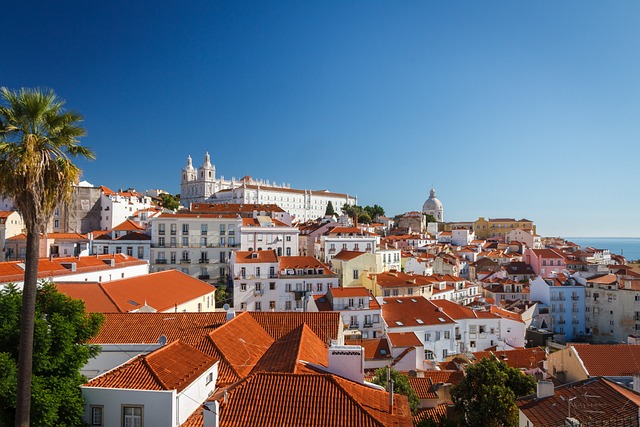
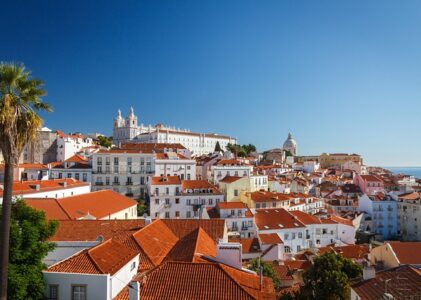
Wow, wonderful blog layout! How long have you been blogging for? you make blogging look easy. The overall look of your website is fantastic, let alone the content!